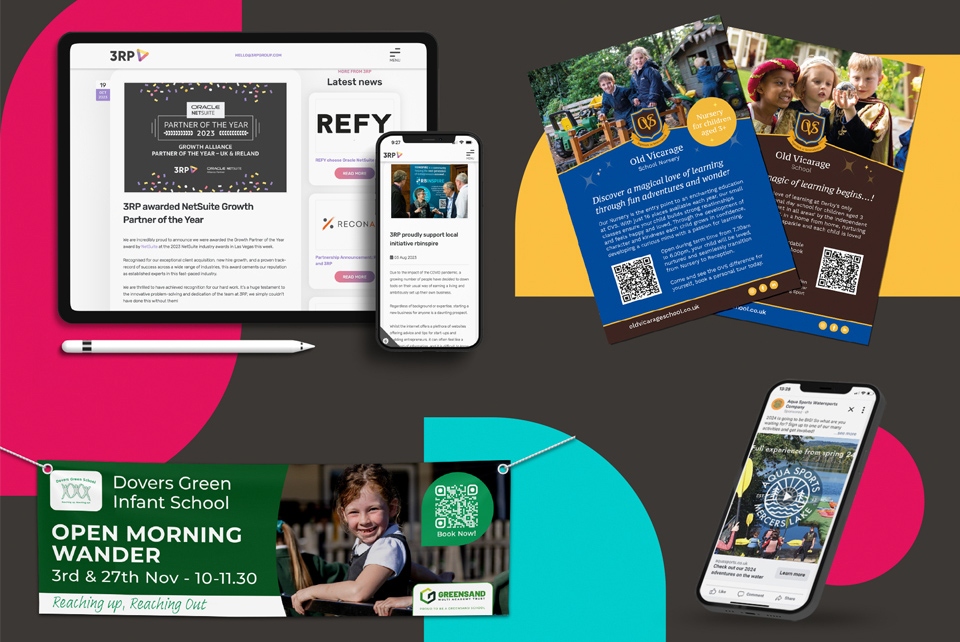This week we’re exploring some of the best marketing touch points to connect with and convert your target consumers into repeat customers.
But before we get into it...what is a touch point?
In short, a touch point is any way in which a consumer engages with your brand, they can be direct (e.g. websites, advertising, customer e-shots and advertising) or in-direct (through social media, blogs, forums and reviews).
There are a few good rules to stick to when working out how to build your campaign:
1 - Maintain consistency, ensure every brand ‘experience’ has the same branding, key messages and values. Every ‘experience’ needs to represent your brand to deliver the maximum benefit.
2 - Work out where your customers are, how do they do their research, where will you reach them? Is this online or somewhere physical?
3 - Onboarding is critical – once someone has reached out to you, what does the consumer journey look like? Consider mapping out the consumer journey so you don’t miss key opportunities.
4 - Post purchase comms – community is currency. This doesn’t always have to be led by social media engagement. Following up emails and regular communications about new products and loyalty schemes will help keep you front on mind to drive repeat business.’ To ‘This doesn’t always have to be led by social media engagement , following up with emails and regular communications about new products and loyalty schemes, will help keep you front on mind to drive repeat business.
Now we’ve laid some foundations – let’s take a deep dive into seven ways to reach your audience.
1. Websites
Your website is the one touch point you have complete control of, from the words on the pages to the visuals and consumer experience. Your website is a shop window that represents everything about your business, from your brand personality, and ethos, to the products and services you offer.
But many websites are missing the infrastructure to ensure they perform well. From keyword optimisation to back-end meta-descriptors (to ensure your site ranks high at the top of a Google search), to the content and aesthetic design that capture the attention of your target audience.
Don’t undervalue your website as a tick-box business exercise that once complete can be forgotten. An optimal website should be reviewed regularly, updated with blogs, news content (and if relevant, the odd social media post) to ensure SEO is working as efficiently as possible and that your content is drawing in and engaging with your target audience.
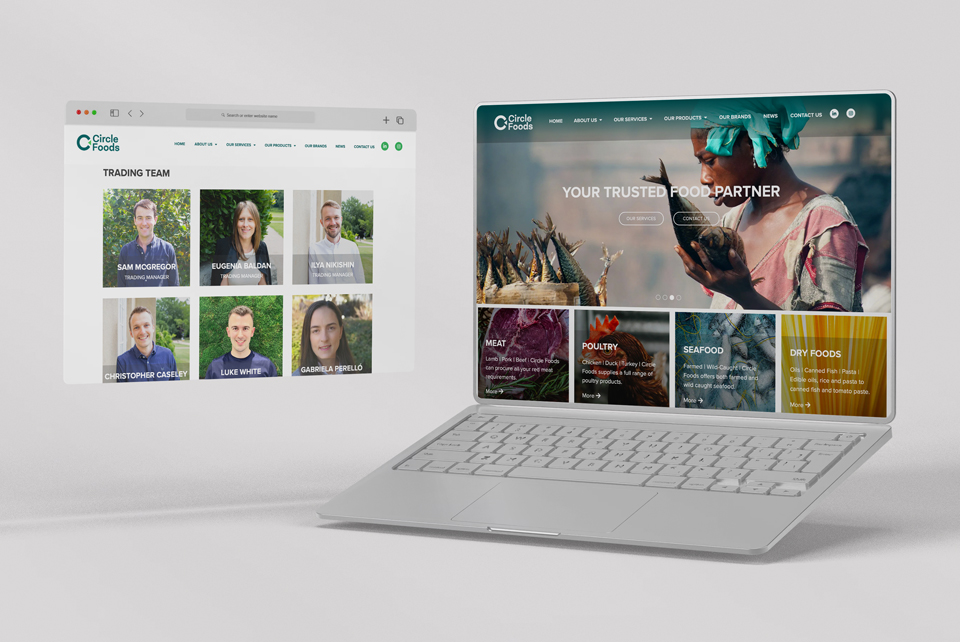
2. The humble flyer
For some markets, the flyer could be having a revival. Fewer brands choose to print, which means there are far fewer doormat distractions, and in a crowded digital landscape (where it’s increasingly difficult to stand out via email, or social media posts), a real physical presence guarantees some cut-through.
We would recommend a beautifully designed printed flyer or brochure, showcasing your brand, product, and values. A flyer with a QR code (that links to your website, an introductory offer or simple competition) provides an easy tracking metric and deliver cost effective ROI.
The flyer is quite literally a touch point in the hand of your target audience.
(It’s also worth pointing out that distribution is exceptionally simple in the modern world, with the help of the Post Office’s distribution tool which allows you to select postcodes in your target areas).
3. Customer e-shots
As soon as someone proactively decides to sign up to your newsletter, you are halfway to securing a new loyal customer. Whatever you do, don’t let this opportunity go to waste!
This is where your customer journey comes into play, categorise your database according to customer type e.g:
- New email subscriber (no purchase)
- First purchase
- Repeat customer
- Dormant customer
Now, you need to be creative by pulling together a series of beautifully designed, eye-catching campaigns for each customer type.
This could be an exclusive first-time offer for a new subscriber (no purchase) / a special offer for a first purchase / a referral offer for a repeat customer / a one-off flash sale for a dormant customer.
Targeting with bespoke campaigns gives you the opportunity to convert these already ‘warm leads’ into consumers. What’s more you have a ‘closed’ group to showcase your personality, brand and values, driving traffic to your social media platforms with embedded hyperlinks.
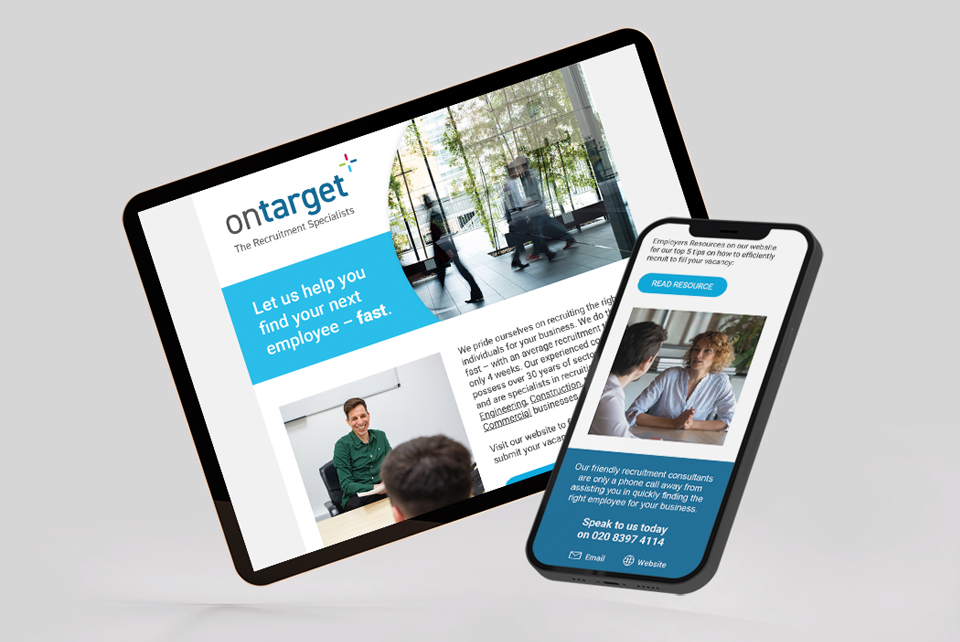
4. Branded social media campaigns
Nowadays, our social media feeds are flooded with an array of content. Literally everyone is ‘posting’ and it’s become almost impossible to connect with potential new customers through organic content.
In an online culture where community is currency, finding and attracting new followers is critical for any business that wants to boost their profile using a social platform, but you really do need to put your money where your mouth is.
Paid for social posts not only allow you to target a specific demographic (based on location, interests and spending power), they also provide an interactive platform where you can showcase your brand with engaging creative content. And, let’s not forget that in a world where conscious consumerism is on the rise, with ‘buyers’ wanting to invest in something that is more than just another purchase, a platform that allows you to highlight your core values and personality is becoming increasingly important.
5. PR
A tool that delivers independent endorsement and support for your brand across a variety of mediums (e.g. print media, TV, social media, and radio). PR delivers the media coverage which can become the touch points to turn your brand into the latest trend.
Encompassing many different approaches, from PR stunts (headline catching one-off events), to social media influencer campaigns, traditional press release news updates and press conferences, PR has the power to elevate the status of your brand through creative content that captures the imagination of your target consumer, triggering word-of-mouth and viral sharing.
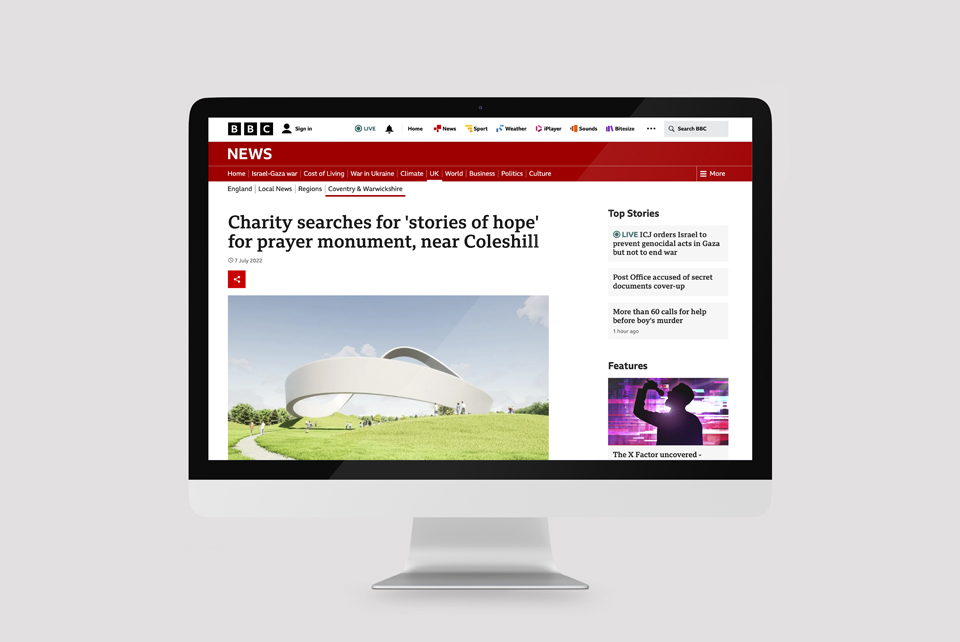
6. Blog and vlog posts
Blogs were once upon a time a stand-alone touch point that worked in isolation of a website or social media platform. Today blog posts are more of a supplementary touch point, and the perfect vehicle for an individual or brand to communicate and demonstrate their expertise in a particular subject area.
Blogs with high quality relevant content are also fantastic for SEO, helping with critical ranking factors that ensure website performs well in search rankings.
Vlogs, (a video blog), are perfect when you have a brand ambassador who’s great on camera or if your products look better in motion. The right ambassador delivers immediate brand personality, and an engaging human touch point, which when executed well, will keep consumers coming back to view more. Google also places high value on video content, once again improving the performance of your site.
7. Big on banners
Whilst community is king online, a physical presence in the community shouldn’t be undervalued. A well-designed eye-catching banner, placed in a targeted area of high footfall will guarantee visibility to the right audience, delivering key messages and with the placement of the ever-popular QR code a trackable metric to measure the impact so you can clear trace your ROI.
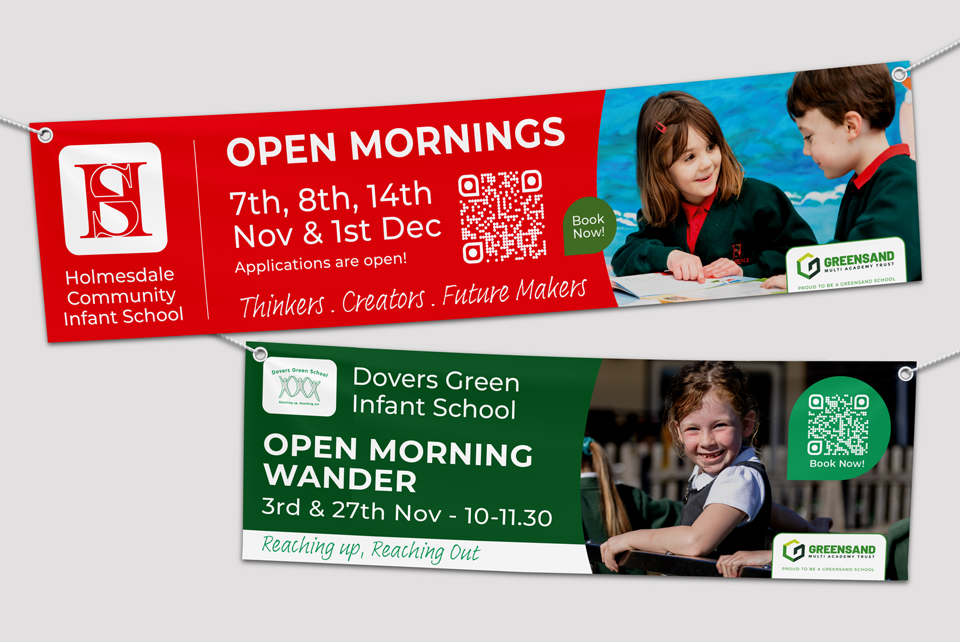
Whist we haven’t covered all the marketing touch points out there, we hope we’ve given some insight into a variety of low and higher cost options that can be combined to build a hardworking, strategic marketing campaign.
There are lots of theories out there, but one that remains firm is that the ‘average’ customer needs to engage with your brand at least seven times before they will be motivated to make a purchase.

